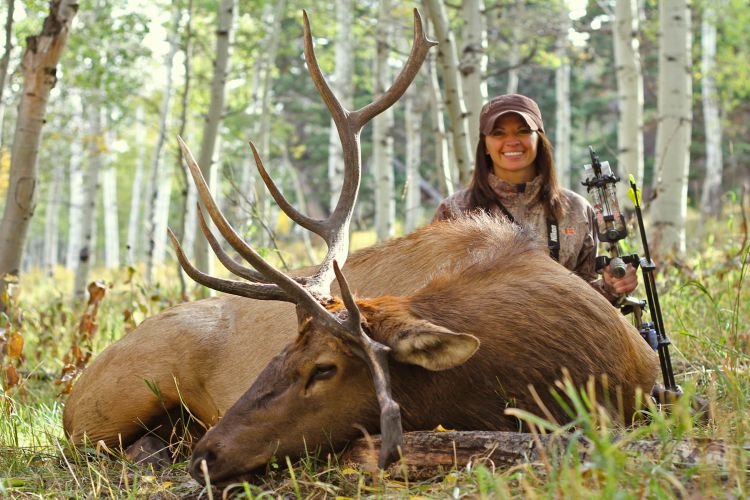 Hunting is a popular sporting activity that can be stimulating, mainly because of the variety of prey available. If you’re looking into hunting new types of game, a bull elk is a challenging but rewarding animal to go after.
Hunting is a popular sporting activity that can be stimulating, mainly because of the variety of prey available. If you’re looking into hunting new types of game, a bull elk is a challenging but rewarding animal to go after.
Before you go hunting for a bull elk, you should know what animal they are and the perfect hunting equipment needed for hunting.
What Is a Bull Elk and How Do They Differ by Location?
If you’ve ever seen a bull elk, you must know that they’re large animals that can come in different sizes and subspecies. You have to know the approximate bull elk weight and other details beforehand to arrange transportation and meat storage.
Bull elks belong to the deer family and are one of the largest land mammals existing today. It is several sizes bigger than other deer species. Depending on the location and climate, there are four different subspecies of elk found in North America.
Depending on their subspecies classification, these bull elks can have different antlers, manes, and weights. Bull elk that are found in colder climates have a thicker coat and mane.
Bull elks found in warmer climates tend to have lighter colored coats and manes too. Male bull elks are bigger in size and weight than female bull elks.
Bull Elk Weight Range
The largest subspecies of bull elk is the Roosevelt elk, normally found in Oregon, Washington, California, and Canada. On average, these elks can weigh anywhere from 573 pounds (300 kg) to 625 pounds (544 kg)
The smallest bull elk subspecies are the Tule Elk, normally found in California. It can weigh between 370 pounds (170 kg) to 500 pounds (250 kg).
Living in different locations can greatly vary their weight due to environmental factors. Antlers can also add to bull elk weight, making them valuable hunting prey.
The Ideal Hunting Equipment
There are a variety of hunting tools that you can use to hunt your first bull elk successfully. It includes scouting equipment to locate a bull elk and hunting equipment for capturing it.
It can include:
- Wind Checker
- Binoculars
- Compass and Map
- Camouflaged hunting outfit and equipment
- Bow and arrows (for bow hunters)
- Firearm and ammunition (for gun hunters)
- Knife
- Deer Attractant
You can conduct a successful hunting expedition and capture a bull elk when you have all the tools ready in your arsenal.
Be Informed and Prepared for Your First Hunt
It is difficult to know exactly how much the bull elk you hunt can weigh because of various environmental and natural factors that cause variations in their weight. But when you know your prey’s estimated size and weight, it can make planning your hunting trip efficient and increase your chances of success.
The weight of the bull elk will also affect how much meat you can get from a single elk. Removing bones and organs can reduce about 30% of its weight and make it simpler for you to transport.
Before you hunt bull elk, consider the transportation and storage of meat from your bull elk. It will help make logistics easier for you.
Knowing about the bull elk found in your area and the hunting equipment you need can ensure you catch a bull elk on your very first trip.




